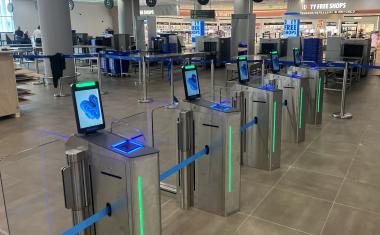L-3 to Provide X-Ray Scanning Solutions for the Indonesian Ministry of Transportation
L-3 Security Detection Systems announced today that it has received an order to provide the Ministry of Transportation (MOT), Republic of Indonesia, with a wide range of X-ray sca...
L-3 Security & Detection Systems announced today that it has received an order to provide the Ministry of Transportation (MOT), Republic of Indonesia, with a wide range of X-ray scanners to enhance security operations.
These systems will be used to examine carry-on baggage, checked baggage and freight, and will assist operators in the detection of explosives, weapons and contraband. "We are very pleased that the Indonesian MOT has selected our advanced X-ray systems for use at numerous locations throughout the country," said Thomas M. Ripp, president of L-3 Security & Detection Systems.
"Our team is committed to working closely with the MOT to provide the solutions it needs for today's security challenges, with a focus on anticipating future requirements.
"L-3 SDS designs equipment for shipments of varied sizes and applications. With more than 30 years of experience, L-3 offers scanning inspection systems for break-bulk, skids, pallets and ULDs, subject to regulatory requirements. L-3's equipment screens cargo ranging from containers of fruits and vegetables to electronics, and is currently in operation at shipping, forwarding and certified cargo screening facilities (CCSF) worldwide.













